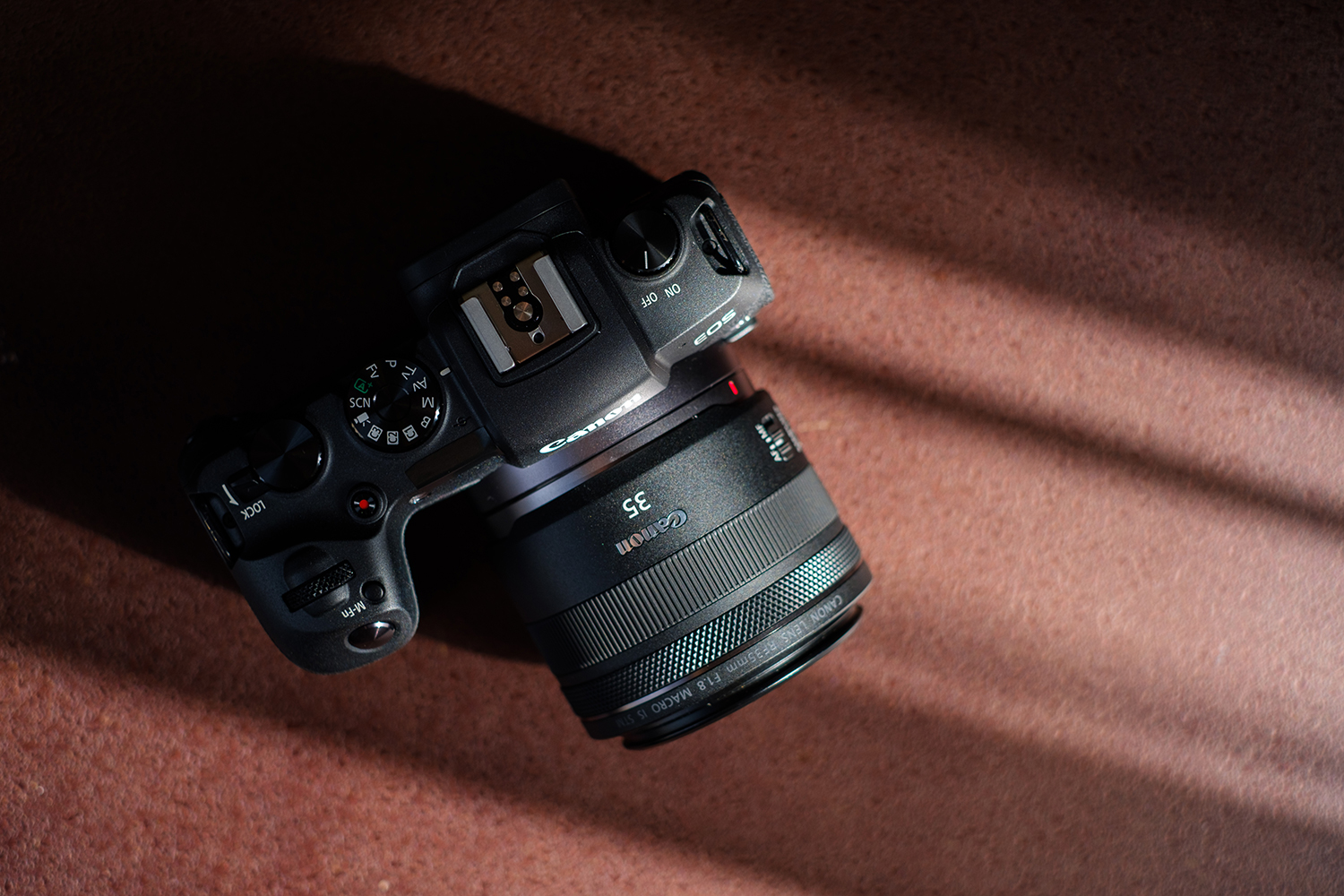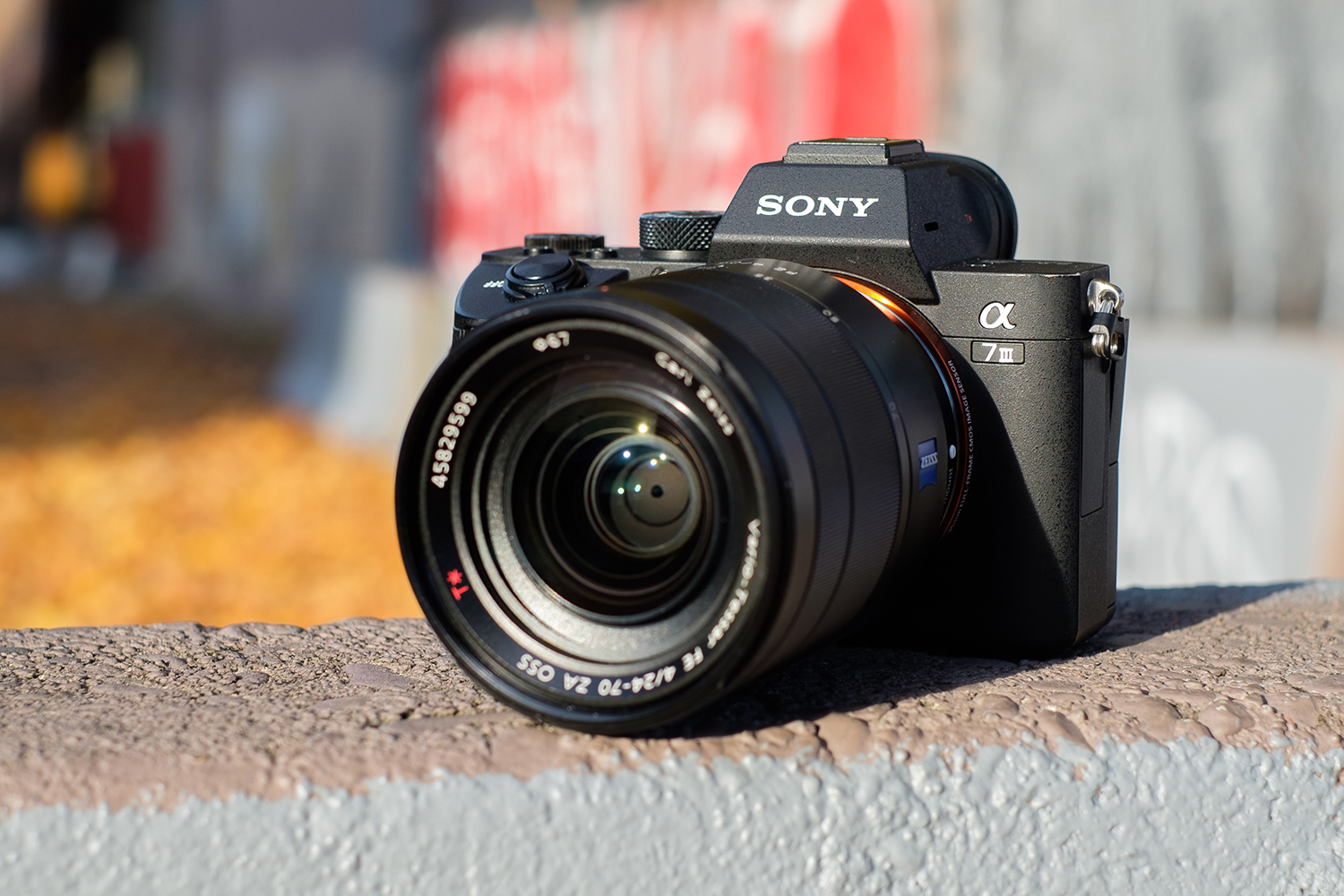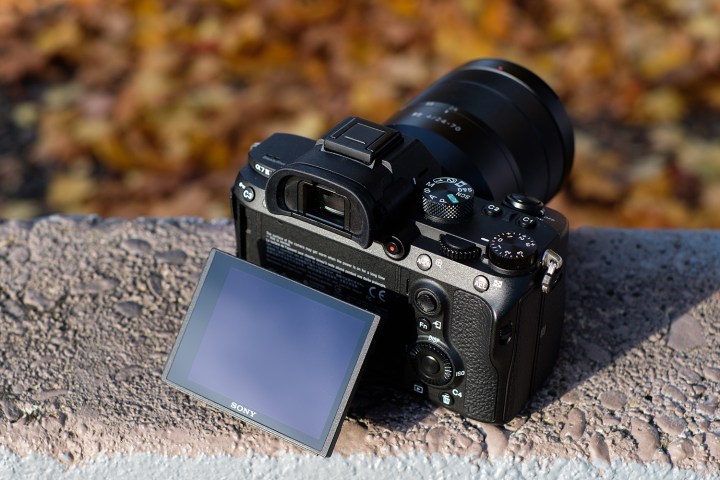When Canon launched the EOS RP in February 2019, the mirrorless camera made history as the cheapest new full-frame camera ever made. At $1,300, it undercut the base price of both the Sony A7 III and Nikon Z 6 by $700 (to see how it stacks up with the latter, check out our Canon EOS RP versus Nikon Z 6 comparison). Of course, rarely does cheaper mean better, and Canon had to cut much from the higher-end EOS R in order to bring the slimmed-down RP to such a low price. So how does this entry-level full-frame mirrorless camera stack up to the latest generation of what is likely the most popular full-frame mirrorless camera ever made?
Sony A7 III

|
Canon EOS RP

|
|
| Sensor | 24-megapixel full-frame sensor | 26.2 megapixel full-frame CMOS sensor with optical low pass filter |
| Burst Speed | 10 fps w/ AF-C (8 fps with live view) | 5 fps, or 4 fps with continuous autofocus |
| Shutter Speed | 1/8,000 to 30 sec. | 30 sec. to 1/4000, bulb. 1/180 flash sync |
| ISO | 100-51,200 (50-204,800 extended) | 100 – 40,000 |
| Autofocus | 693-point hybrid phase-detection contrast AF | 4,779-point Dual Pixel autofocus down to -5 EV |
| Image Stabilization | 5-axis sensor-shift stabilization | None (available in some lenses) |
| Video | 4K/30p, 1080/120p, S-Log, 8-bit | 4K at 24 fps with a 1.7x crop, 1080p at 60 fps, 8-bit |
| EVF | 2.36m-dot EVF | 2.36 million dot EVF |
| LCD | 2.95 inch, 921,00 dot tilting touchscreen | 3.0-inch, 1.04 million dot tilting touchscreen |
| Media Slots | 1 SD, 1 Memory Stick Duo or SD | Single SD card slot |
| Battery | Li-ion rated for 610 shots | 250 shots |
| Dimensions (WxHxD) | 5 x 3.87 x 3 inches | 5.22 x 3.35 x 2.76 inches |
| Weight | 1.43 pounds | 1.07 pounds |
| Price | $2,000 | $1,299 |
| Read more | Sony A7 III review | Canon EOS RP Review |
| Buy Now |
Sensor
On paper, the sensors on the EOS RP and the A7 III are pretty close. Both are full frame and have similar pixel counts, with the EOS RP offering slightly more resolution at 26 megapixels compared to the A7 III’s 24.
- 1. Shot on Sony A7 III
- 2. Shot on Canon EOS RP
- 3. Shot on Sony A7 III
- 4. Shot on Canon EOS RP
While both cameras produced excellent JPEGs, the RAW images from the EOS RP leave much to be desired. The Sony offers much more flexibility for making adjustments in post, particularly when it comes to brightening dark ares of an image. The Sony also performs very well in low light at high ISO settings, and produces some of the lowest noise levels we’ve ever seen. The EOS RP does a decent job at high ISOs, but it definitely falls behind.
If you only want to shoot in JPEG, you won’t notice a huge difference between the two cameras. But if you want to get the most you possibly can out of your photos — which, if you’re buying a full-frame camera, you probably do — then the A7 III will definitely give you more.
Winner: Sony A7 III
Speed
This is where the A7 III really shoots ahead, offering continuous shooting at 10 frames per second. Not only is this double what the A7 II could do, it’s also double what the EOS RP can do. Although the A7 III drops to 8 fps with live view, that’s still well ahead of the RP. If you’re shooting action, the A7 III is definitely the better camera. And not just because of speed…
Winner: Sony A7 III
Autofocus
Canon’s Dual Pixel Autofocus, which uses on-chip phase-detection, has always impressed us. It is fast, smooth, and accurate — everything you need in an AF system. In our experience, the RP also performed well even in dimly lit situations. Canon claims it can focus in light as low as -5 EV, which is very dark.
But Sony has had three generations of mirrorless cameras to perfect its own autofocus system, and the A7 III doesn’t just benefit from its hybrid phase- and contrast-detection system, but from reworked algorithms that have been trained on neural networks to recognize subjects and anticipate motion. Combined with the faster shooting speed, this lets the A7 III keep track of moving subjects with ease, the focus point staying locked on the critical area, such as an athlete’s eyes.
The RP is actually very good for such a low-cost camera, but it can’t really hold a candle to Sony’s more advanced system.
Winner: Sony A7 III
Stabilization
You don’t have to look beyond the specs to figure this one out — the Canon EOS RP lacks in-body stabilization. The Sony A7 III has 5-axis sensor-shift stabilization that offers 5 stops of shake reduction. Canon may have optical stabilization in many of its RF lenses, but lens stabilization isn’t effective on as many axes. And, of course, with a non-stabilized lens, you’re out of luck. This is a pretty easy win for the Sony.
Winner: Sony A7 III
Video
This is another clear win for the A7 III. Sony offers an insane amount of customization for its video modes that makes it worthy of amateurs and professionals alike. You can shoot it like an automatic camcorder, or opt for maximum control over every aspect of image quality with options for S-Log color profiles and more. It also maintains excellent autofocus whether in 4K or 1080p resolutions.
The EOS RP does at least offer 4K video, but only at 24p (the Sony can do 24 or 30p). Worse, Canon’s excellent Dual Pixel Autofocus is unusable in 4K mode, meaning the camera resorts to slower contrast-detection autofocus. 4K is also recorded from a severely cropped region of the sensor, throwing away the full-frame look. We recommend just sticking with 1080p on the EOS RP, which is much easier to use.
Winner: Sony A7 III
Design
The EOS RP is the lightest and smallest full-frame mirrorless camera, which is certainly an advantage to the right customers. However, that size advantage all but disappears once you put a lens on the camera. Full-frame lenses are big. Moreover, the Sony A7 III isn’t that much bigger to begin with, but it also offers more controls, weather sealing, and dual memory card slots. If you’re trying to free up every last ounce, the Canon might be the way to go, but there’s no denying that the Sony is the more functional design.
Winner: Sony A7 III
Is there a clear winner?
Well, yeah. If it wasn’t obvious, the Sony A7 III is the better camera, but that shouldn’t be surprising given the price difference. The EOS RP is better matched against last-generation’s A7 II (which is still available new, and actually for even less money than the EOS RP). But if size and cost are the most important factors for you — or you have a collection of Canon DSLR lenses you want to adapt to mirrorless — the EOS RP is a good buy. It’s an easy-to-use camera that brings full-frame imaging to an intermediate price, even if it doesn’t match up to its more expensive peers on image quality or tech.











